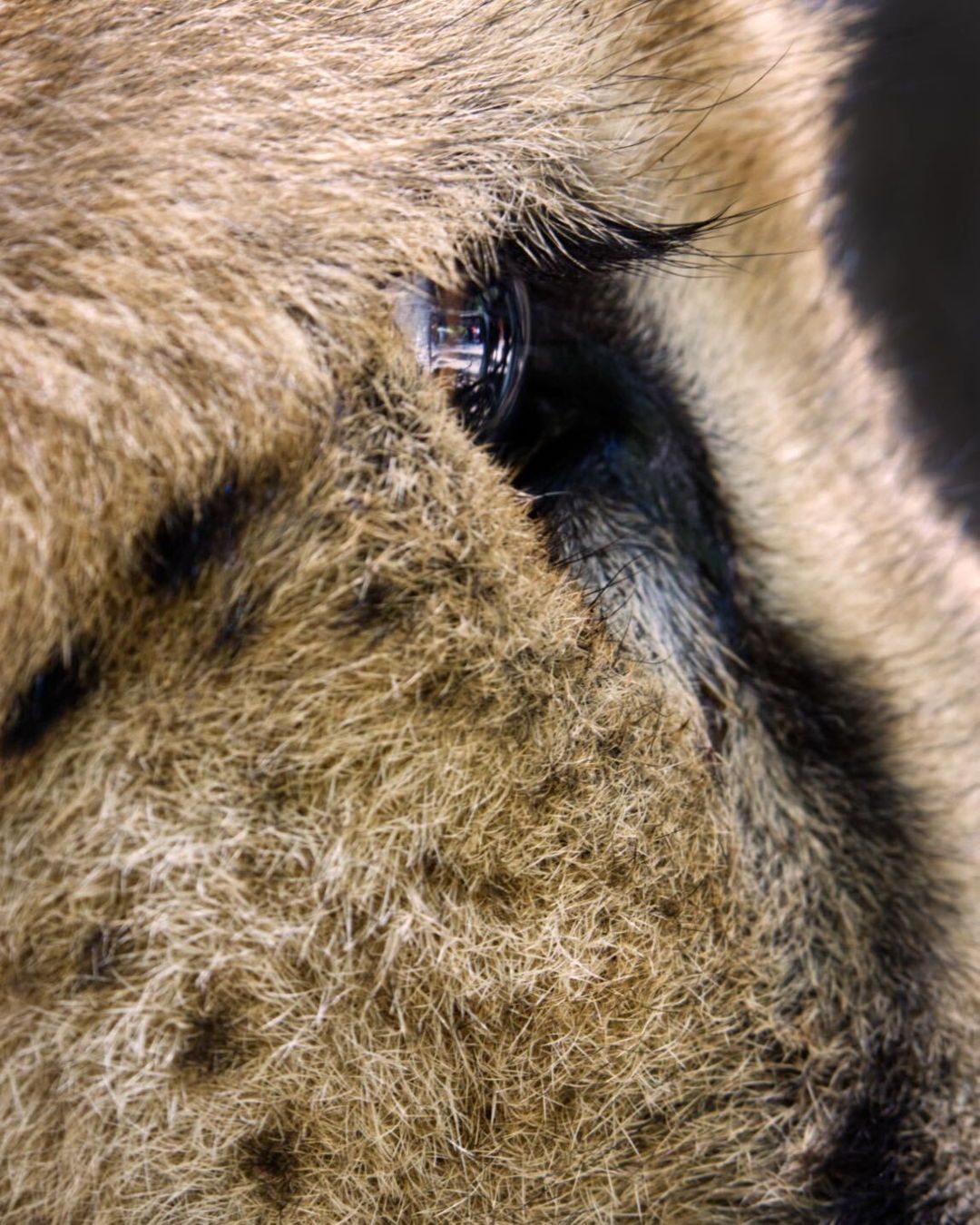- The biology and behavior of the cheetah’s gaze.
- The significance of a cheetah’s vision in hunting and survival.
- The impact of habitat and environmental pressures on their vision.
- Conservation efforts to protect cheetahs and their habitats.
- Strategies in zoo management for cheetah preservation.
A cheetah’s gaze is pure magic. This captivating feline has evolved an extraordinary set of visual and physiological traits that make it one of nature’s most efficient predators. The cheetah’s unique eye structure allows for remarkable clarity and depth perception, critical for its survival in the wild.
The biology and behavior of the cheetah’s gaze reveal fascinating aspects of adaptation. Their eyes are optimized for daytime hunting, with large pupils allowing ample light during dawn and dusk, key active times for cheetahs. The distinctive tear marks running from the inner corners of their eyes down to the sides of their mouths reduce glare, enhancing focus on prey. This adaptation not only reduces sun glare but also assists in defining distance and speed, crucial for accurate targeting during their high-speed chases.
A cheetah’s vision plays a vital role in its hunting strategy. Unlike nocturnal predators, cheetahs rely heavily on their eyesight rather than smell or sound. They are capable of spotting prey from over five kilometers away. This incredible eyesight is complemented by their physical prowess, enabling them to sprint at speeds up to 60 mph for short bursts, outrunning and capturing elusive prey. The cheetah’s gaze, therefore, is not just about seeing but executing precise, high-speed pursuits that require flawless coordination between sight and muscle.
Environmental pressures significantly affect the cheetah’s vision and survival. As habitats shrink due to human encroachment and climate change, cheetahs are often forced into smaller areas, increasing competition for resources. Open savannahs provide optimal conditions for their hunting style, but as these lands are converted for agriculture, the cheetah’s ability to successfully hunt diminishes.
Conservation efforts are critical to ensure the continuation of this species and their ability to thrive in the wild. Organizations are working on habitat restoration, creating protected areas where cheetahs can live without the threat of habitat destruction. Efforts also focus on mitigating human-wildlife conflict and promoting coexistence. Educating local communities and involving them in conservation initiatives are essential strategies. These collective efforts aim to provide secure environments where cheetahs can maintain their natural behaviors.
Zoo management plays a crucial role in cheetah conservation. By providing a controlled environment that mimics natural habitats, zoos can ensure the safety and well-being of these animals. Breeding programs are pivotal, using genetic data to maintain healthy and diverse populations. Enrichment activities within zoo settings also stimulate their innate hunting behaviors, providing both mental and physical exercise. This not only enhances their quality of life but supports research into their biology and conservation needs.
As the challenges facing cheetahs intensify, it is vital to continue research and expand public awareness. Through science and education, the magic of the cheetah’s gaze remains a symbol of nature’s wonder and the importance of safeguarding our planet’s biodiversity. By investing in conservation and respecting these magnificent creatures, we ensure that the beauty and mystery of the cheetah continue to inspire future generations.
*****
Source Description
A cheetah’s gaze is pure magic. ✨🐆


